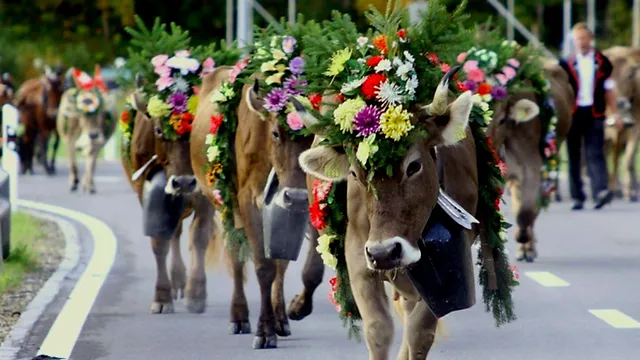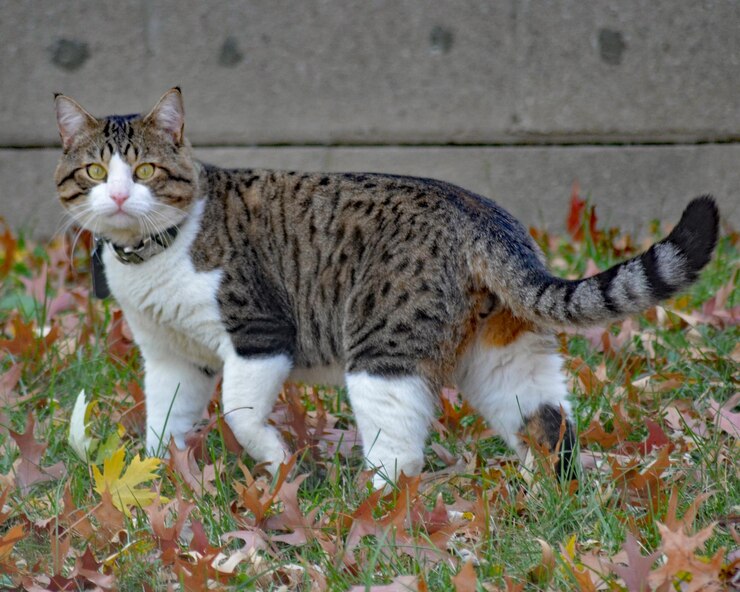Mansrufer: The Traditional Alpine Cattle Call
In the heart of the Alps, a unique and ancient tradition continues to echo through the mountains. Known as “mansrufer” in German-speaking regions, this practice is an integral part of Alpine culture and history. This article delves into the fascinating world of mansrufer, exploring its origins, techniques, cultural significance, and modern-day relevance.
What is Mansrufer?
Mansrufer, literally translated as “man caller” or “person caller,” refers to a traditional form of long-distance communication used in the Alpine regions of Europe. It is a specialized technique of yodeling or calling used by shepherds and cowherds to communicate across vast distances in mountainous terrain.
Key Features of Mansrufer:
- Long-distance vocal communication
- Practiced primarily in Alpine regions
- Used by shepherds and cowherds
- Combines elements of yodeling and calling
- Serves both practical and cultural purposes
Historical Background
The practice of mansrufer dates back centuries, with its exact origins lost in the mists of time. However, historians and cultural anthropologists believe it developed out of necessity in the challenging Alpine environment.
Early Development:
- Likely originated in prehistoric times
- Evolved as a response to the need for long-distance communication in mountains
- Became an essential tool for Alpine herders and farmers
Cultural Evolution:
As time progressed, mansrufer evolved from a purely practical tool to a significant cultural element. It became intertwined with Alpine folklore, music, and identity.
Techniques and Methods
Mansrufer is more than just shouting across mountains. It involves specific techniques that have been refined over generations to maximize the distance and clarity of the call.
Basic Principles:
- Breath Control: Practitioners must master deep diaphragmatic breathing to sustain long calls.
- Vocal Projection: The voice is projected from the chest, not the throat, to increase volume and distance.
- Pitch Variation: Rapid switches between chest voice and falsetto create the characteristic sound.
- Consonant Use: Hard consonants are emphasized to improve clarity over long distances.
Regional Variations:
Different Alpine regions have developed their own unique styles of mansrufer:
- Swiss Jodel: Characterized by rapid pitch changes and wordless vocalizations
- Tyrolean Juchzer: Features sharp, high-pitched calls often ending in a yodel
- Bavarian Juchezer: Incorporates more melodic elements and sometimes words
Cultural Significance
Mansrufer is more than just a communication method; it’s a vital part of Alpine cultural heritage.
Social Aspects:
- Community Bonding: Mansrufer contests and festivals bring communities together
- Generational Knowledge Transfer: Skills are often passed down within families
- Regional Identity: Different styles of mansrufer help define local identities
Artistic Expression:
Over time, mansrufer has influenced various forms of artistic expression:
- Folk Music: Many traditional Alpine songs incorporate mansrufer techniques
- Yodeling: Modern yodeling evolved partly from mansrufer practices
- Literature and Poetry: The practice has been romanticized in Alpine literature
Practical Applications
While mansrufer may seem like a relic of the past, it still serves practical purposes in Alpine regions today.
Traditional Uses:
- Herd Management: Calling cattle or sheep across vast pastures
- Emergency Signaling: Alerting others to danger or calling for help
- Weather Warnings: Communicating sudden weather changes to other herders
- Coordinating Activities: Signaling the start or end of work periods
Modern Adaptations:
In the 21st century, mansrufer has found new applications:
- Tourism: Demonstrations for tourists interested in Alpine culture
- Environmental Monitoring: Some regions use it to report wildlife sightings
- Team Building: Corporate retreats sometimes incorporate mansrufer lessons
Learning and Practicing Mansrufer
For those interested in this unique skill, there are several ways to learn and practice mansrufer.
Learning Methods:
- Traditional Apprenticeship: Learning from experienced practitioners in Alpine communities
- Cultural Workshops: Many Alpine regions offer workshops for tourists and enthusiasts
- Online Resources: Videos and tutorials are available for basic techniques
Practice Tips:
- Start with breath control exercises
- Practice in open areas to understand sound projection
- Begin with simple calls before attempting complex variations
- Record yourself to analyze and improve your technique
Mansrufer in the Modern World
Despite technological advancements, mansrufer continues to hold a place in Alpine culture and beyond.
Preservation Efforts:
- UNESCO Recognition: Some forms of Alpine yodeling, related to mansrufer, are recognized as Intangible Cultural Heritage
- Local Initiatives: Many Alpine communities have programs to teach mansrufer to younger generations
- Academic Study: Ethnomusicologists and anthropologists continue to study and document the practice
Challenges:
- Urbanization: Fewer people living in traditional Alpine farming communities
- Technology: Modern communication methods reducing the practical need for mansrufer
- Changing Lifestyles: Less interest among younger generations in traditional practices
Global Interest and Influence
The unique nature of mansrufer has captured global attention, leading to interesting developments.
International Recognition:
- Cultural Exchanges: Mansrufer practitioners participating in international folk festivals
- Media Coverage: Documentaries and news features highlighting the practice
- Academic Interest: Studies on the linguistic and musical aspects of mansrufer
Influence on Popular Culture:
- Music: Incorporation of mansrufer-like techniques in world music and even pop
- Film: Use of mansrufer in soundtracks to evoke Alpine settings
- Advertising: Mansrufer sometimes used in advertisements for Alpine products or tourism
Health and Wellness Aspects
Interestingly, mansrufer has been associated with certain health benefits.
Physical Benefits:
- Lung Capacity: Regular practice can improve breath control and lung capacity
- Vocal Cord Strength: The technique can strengthen vocal cords when done correctly
- Core Strength: The deep breathing involved engages core muscles
Mental and Emotional Benefits:
- Stress Relief: The practice can be meditative and stress-reducing
- Connection with Nature: Encourages spending time in natural, mountainous environments
- Cultural Pride: Practitioners often report a sense of connection to their heritage
Environmental Connections
Mansrufer has an interesting relationship with the Alpine environment.
Ecological Awareness:
- Practitioners often develop a deep understanding of local ecosystems
- The practice encourages a connection with and respect for the natural world
Acoustic Ecology:
- Studies have been conducted on how mansrufer interacts with the natural soundscape of the Alps
- Concerns about noise pollution have led to discussions about appropriate use in certain areas
Future of Mansrufer
As we look to the future, the question arises: what place does mansrufer have in the modern world?
Potential Developments:
- Digital Preservation: Recording and archiving different styles and techniques
- Virtual Reality: Potential for VR experiences that teach mansrufer techniques
- Fusion with Modern Music: Incorporation into new musical genres
Challenges and Opportunities:
- Balancing Tradition and Innovation: Finding ways to keep the practice relevant while respecting its heritage
- Environmental Considerations: Ensuring the practice remains sustainable in sensitive Alpine ecosystems
- Cultural Exchange: Potential for mansrufer to foster connections between different mountain cultures worldwide
Conclusion
Mansrufer stands as a testament to human ingenuity and adaptation to challenging environments. From its practical origins to its current status as a cherished cultural practice, it embodies the spirit of Alpine communities. As we move forward, the preservation and evolution of mansrufer offer valuable lessons in maintaining connections to our cultural roots while embracing the future.
Whether echoing across Alpine meadows or being studied in urban universities, mansrufer continues to captivate and intrigue. It reminds us of the power of the human voice, the importance of cultural heritage, and our enduring connection to the natural world. As long as there are mountains and people who love them, the call of the mansrufer will likely continue to ring out, bridging past and present in a uniquely Alpine harmony.







